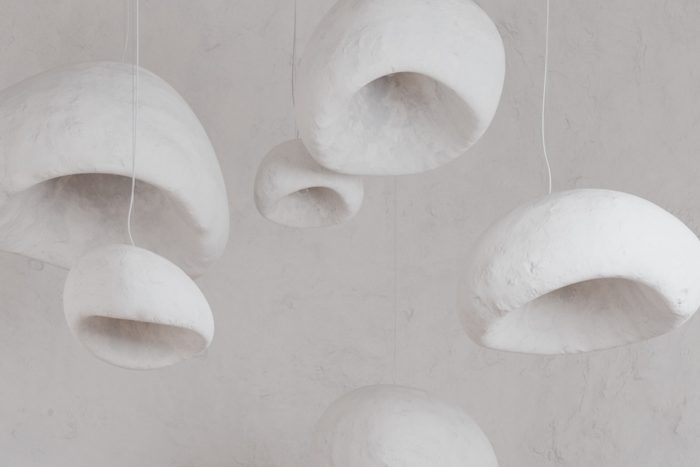
- Permbajtja
- prev
- next
- prev
- next
WE ARE ON THE SAME WAY — HOME.
Sergey Makhno is a Ukrainian designer, architect, CEO, and founder of Sergey Makhno Architects studio, who works in three directions: architecture, interior design, product design. Sergey Makhno has become a key personality in the field of Ukrainian design over the past ten years. Creativity, quality and the never-ending search for the balance between art and design are a cornerstone of his work and the key components of his leadership.
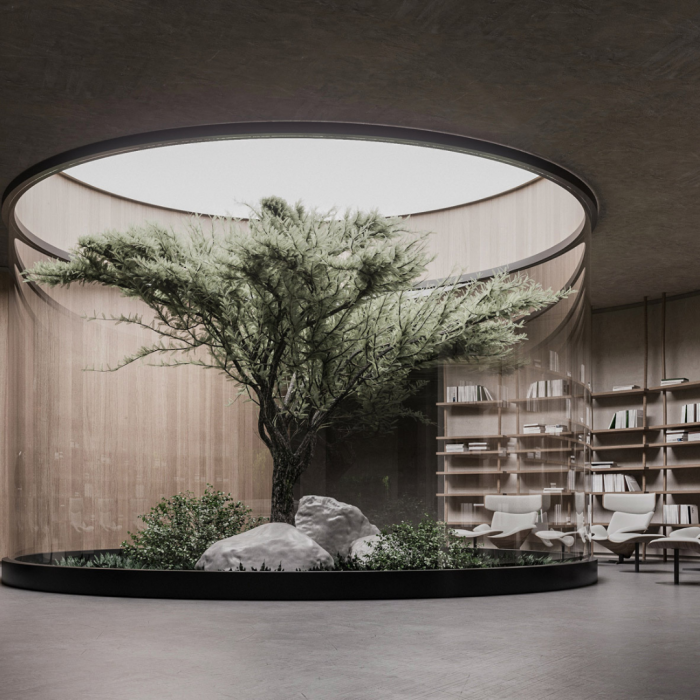
Based in Kyiv and working worldwide, since 2003, Sergey Makhno Architects – Studio of Ukrainian Architecture, Design and Ceramics, have been creating projects intertwining Ukrainian traditions, world trends and the Japanese philosophy of wabi-sabi, the forces of nature, human talent and architectural mind. Sergey Makhno Architects work with architecture, landscape design, interior design, and product design. Their main task (architects, designers, engineers, artists) is to create comfort that will become near and dear. They respect the nature and create projects in collaboration with it by choosing natural materials and colors: wood, concrete, copper, clay, flax.
Sergey Makhno Architects is a member of the Society of British and International Interior Design. Awarded with prestigious international awards, such as the Red Dot Design Award, The International Property Awards, The Architecture Master Prize, IDA Awards, Restaurant & Bar Design.
Sergey Makhno Product is Ukrainian wabi-sabi. Custom author lighting and decor, tiles and carpets, furniture and kitchenware. Most of the pieces are produced by hand at their own ceramic workshop, in limited quantities.
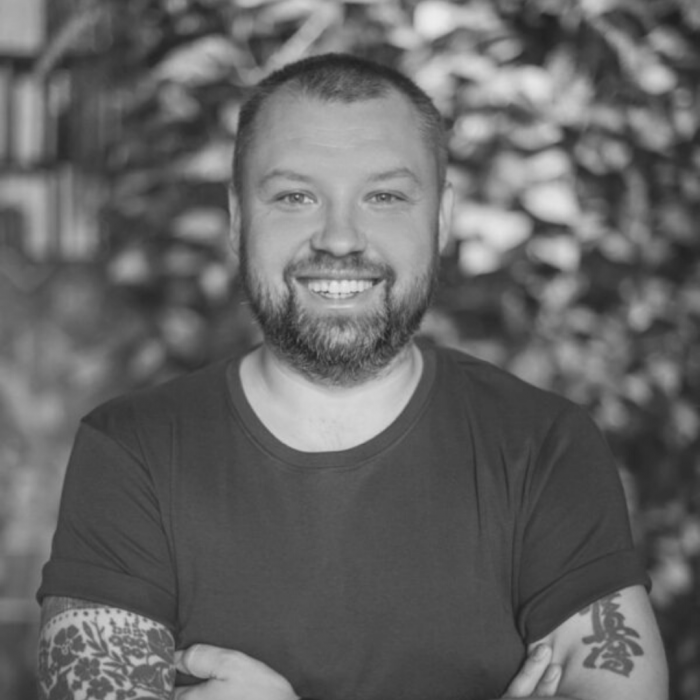
UNDERGROUND HOUSE PLAN B
Sergey Makhno Architects has envisioned a concrete home built like a bunker for enduring the “unpleasant surprises” that may await in the post-pandemic world. However, instead of creating a typically austere bunker, the studio envisioned a cosy hideout where someone would like to live “even when there is no apocalypse”. They offer us a short trip to a depth of 15 metres and below. An autonomous house, which competes with ground residences in terms of comfort and equipment. From the outside, Plan B resembles the entrance to a museum of modern art, or even to a military base. They tried to create a simple and concise form, which in all its perspective would speak of reliability, but also be aesthetically attractive, it would not intimidate and lets you in from both the ground and from the air.
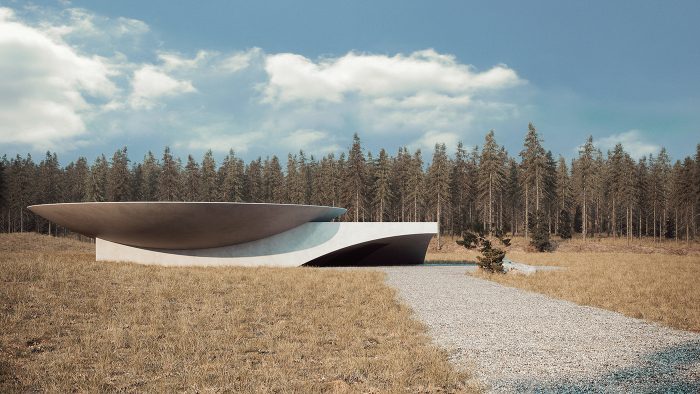
FUTAGO
The customers very clearly expressed their wishes: to get a modern and minimalist house that will become a new stage of their life after the years of being the fans of the classics. This house has become a continuation of nature and vice versa – its opposition. Futago is a blank sheet of paper in which tons of concrete, glass, passion, and the power of the human spirit have merged. The house consists of two identical parts. 30,000 tons of soil and now they rise above the landscape like silent observers dividing one heartbeat into two. Futago in Japanese means “twins”. This is a tribute to the fascination with Japanese architecture in general and the architect Tadao Ando in particular.
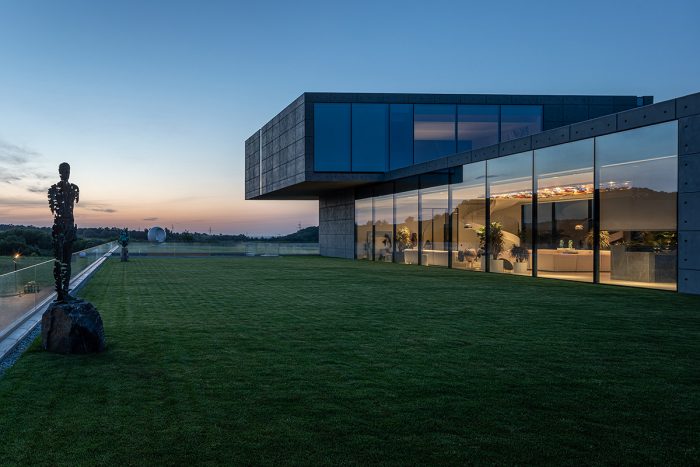
MANNA
The Manna apartment has been born as a shelter for serenity and a fortress protecting from external stimuli. Calm at its core, Manna will wrap its owners with peace and softness. The client wanted to be proud of his home and Ukrainian contemporary style is all about it. All you need to do is to follow the recipe: a bit of essential minimalism, some wabi-sabi flavor, several art drops and full tablespoons of natural materials. Serve with a vigorous family spirit, and enjoy every piece. Cappuccino wall shades enswathe into a smooth canvas. Wood is competed with ceramics, creating an alliance that is to capture hearts with extraordinary softness.

ROSE HOUSE
Rose is a guesthouse in the mountain, made of concrete, weathering steel, glass and water. Because of a clean mod silhouette, the 160 square meter building seems to be simple, but it contains a plethora of sophisticated elements. The name Rose came from blooming red walls. In order to water a concrete flower the architect created an artificial pool bordering with a terrace from the one side. The steel exterior seems private and fully immersed in the wild nature, whilst the inner part of the building is opposite – open and fragile due to the floor-to-ceiling windows. The layout is designed
as a freely flowing space with transforming functional zones.
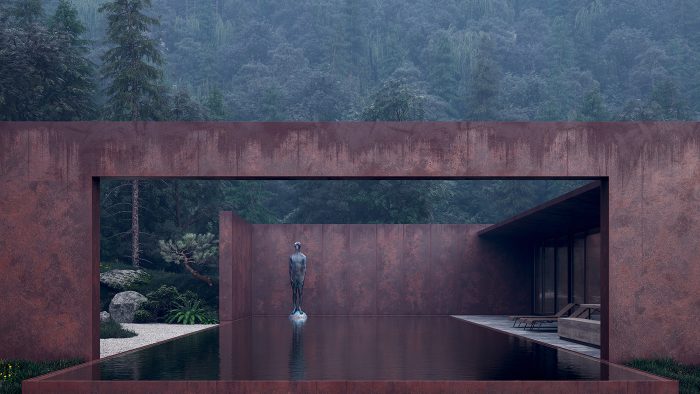
RIDNYI HOUSE
It took 11 years to build Ridnyi House (Eng, native). The studio has been working on it for 6 years. Without haste, prudently, considering every detail. At first, the owners wanted a classic family mansion with arches. But during the first three years of working together on the project, their commitment to the classics faltered and agreed for concrete, metal and plenty of wood. As a result, the interior of the three-story building was designed in a contemporary Ukrainian style, combining Japanese wabi-sabi philosophy and Ukrainian traditions. The interior is complemented by ceramic accents from Sergey Makhno Architects: Khmara, Parasolka, Conus lamps, and vases.
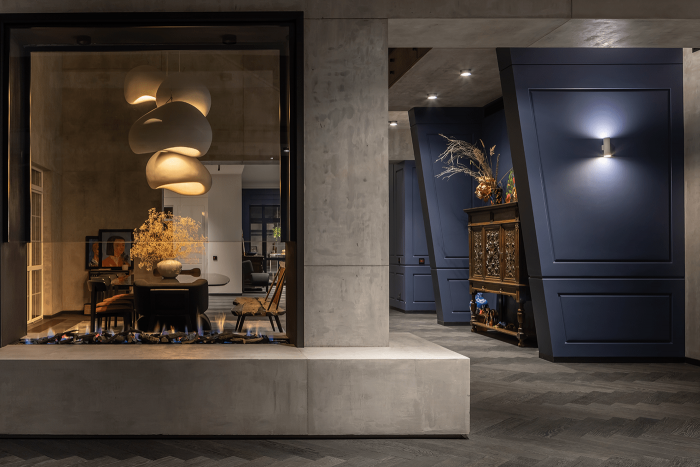
FUJIWARA YOSHI
Fujiwara Yoshi is an 800 square meter maze designed to get lost in the greatness of Japanese culture. Your glances will be captivated by details. Fujiwara Yoshi is a Japanese restaurant with Ukrainian soul. It is a maze you don’t want to leave. Here, aesthetics waltzes with functionality, pipes become lamps, flowers grow from the ceiling, and moss — from the plates.
“This project is special to me. Japan is my place of power. I fall in love with this country every time I go there. And I always want more. Therefore, I was happy to put a piece of my love in the heart of Ukraine. Our main task was to communicate Japanese philosophy, not to shout it with some clichés. The design of the restaurant is coziness dictated by Japan, but read with the Ukrainian soul” — says Sergey Makhno, the founder of the Sergey Makhno Architects studio.
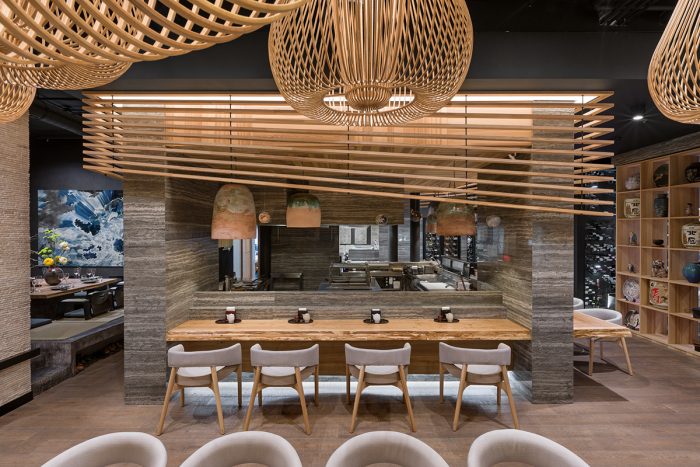
KHMARA
KHMARA
Sergey Makhno Products makes each ceiling light by hand to order in their ceramic workshop. Their Khmara lamp series draws inspiration from a cloudy sky to offer a more creative lighting solution for modern interiors. At the same time, the designs aim to create a sense of wonder and a dream-like feeling in living space. Organic and distinctive, the ceiling lights have curved forms and irregular silhouettes that mimic the shapes of a cloud. The team offers a range of customization options for the Khmara lamp series. Apart from the size, customers can also select the color and material. Depending on the ceiling, the lamps come either in ceramic or polyurethane foam.
